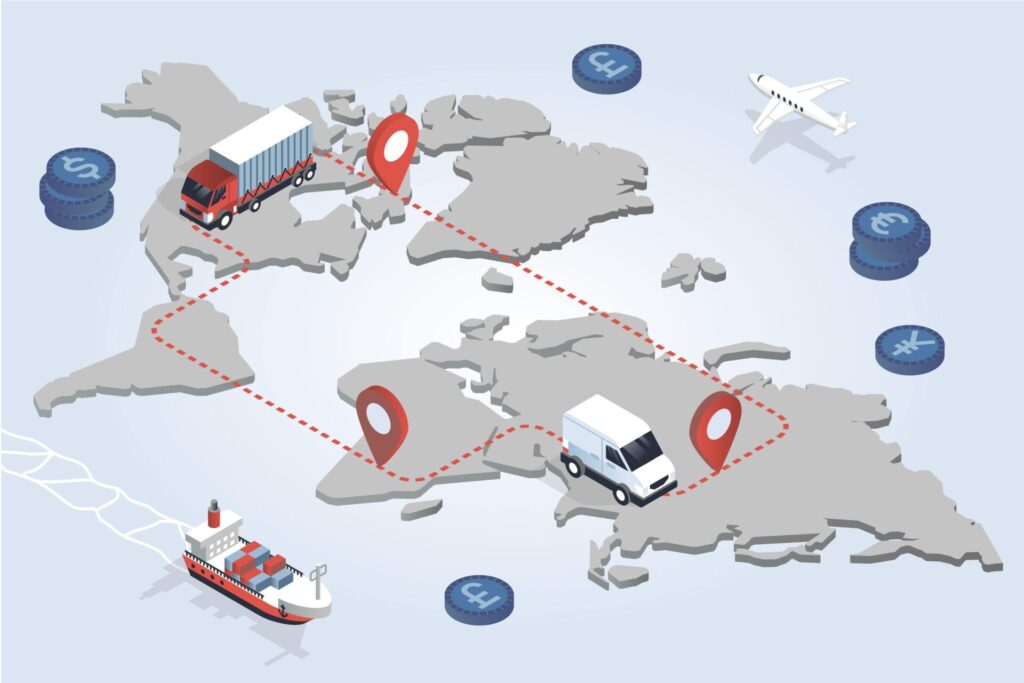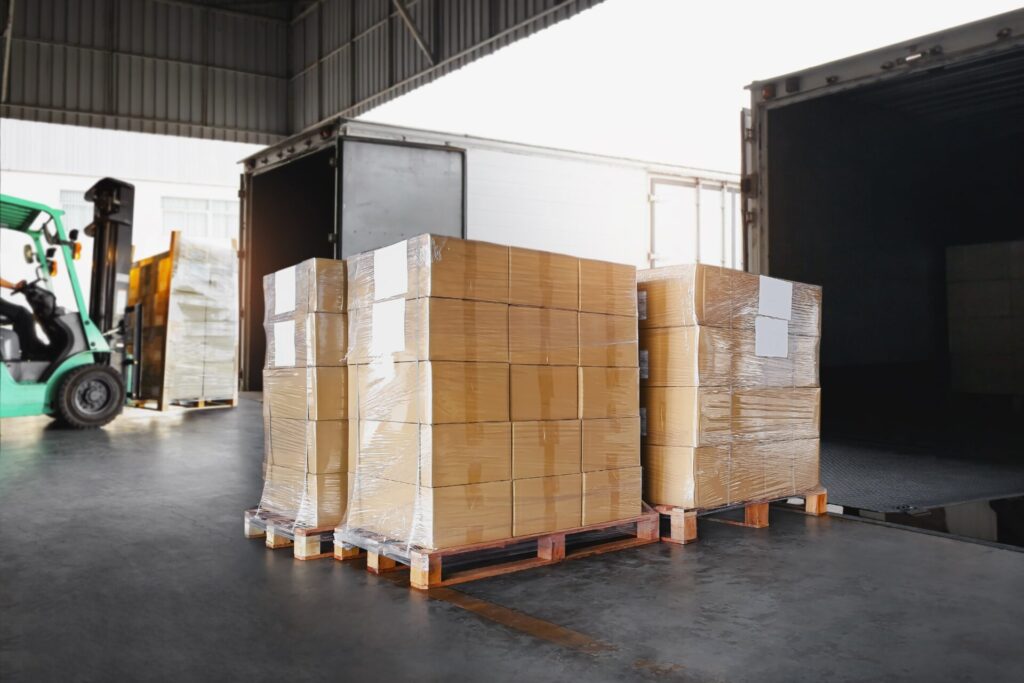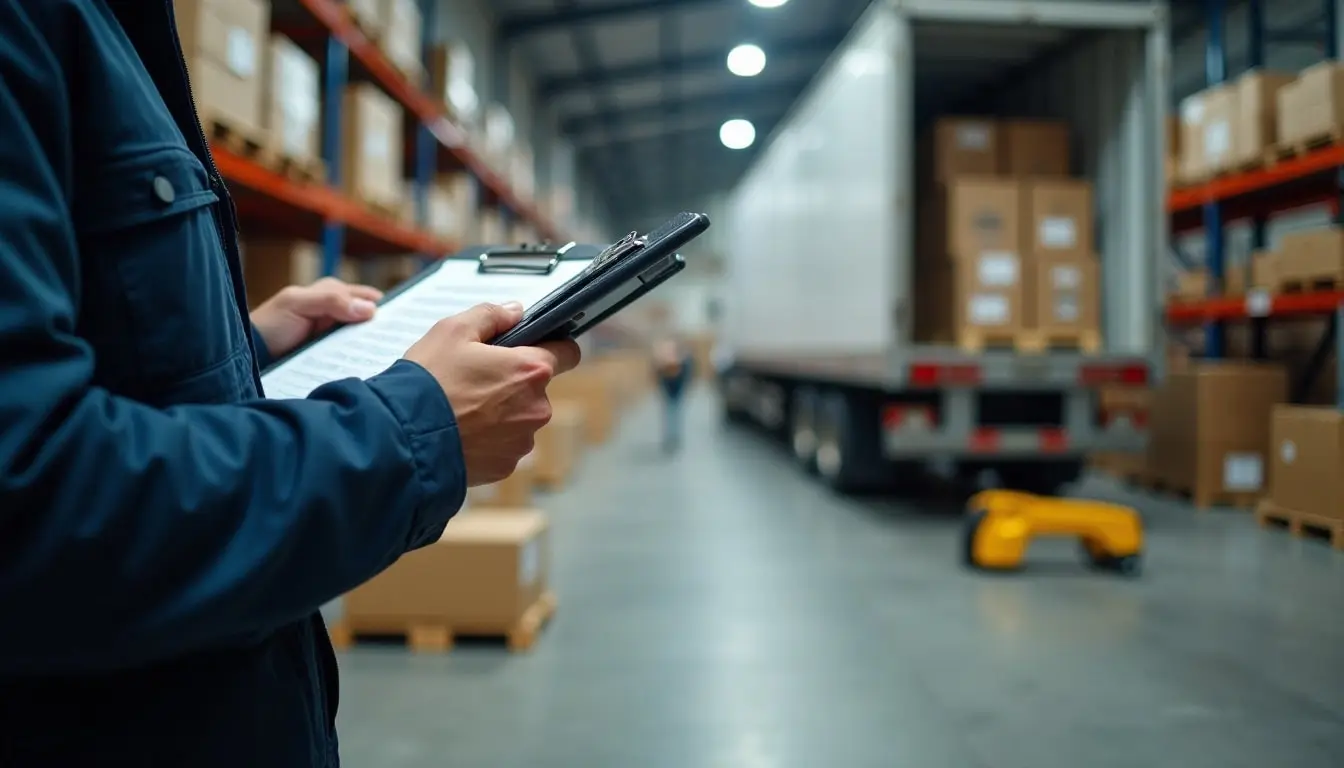
How to Ship LTL Freight Internationally
Expanding your product reach beyond domestic borders can unlock lucrative markets, but Less Than Truckload (LTL) shipping in an international context poses unique complexities. From customs paperwork to navigating extra handling points, shipping a smaller, partial-load shipment overseas requires meticulous planning. With the right strategies, you can keep your goods moving smoothly—without hemorrhaging costs or facing unexpected delays.
In this article, you’ll learn the fundamental steps and best practices for shipping LTL freight internationally. We’ll dive into documentation requirements, customs procedures, carrier selection, and how to ensure your cargo stays protected throughout an extended, multi-stop journey. By the end, you’ll be better equipped to tap into global markets while avoiding common pitfalls like incomplete paperwork or inadequate packaging.
Introduction to International LTL Shipping
Why Go International with LTL Freight?
- Cost Savings Over Full Container Loads: If you don’t have enough product to fill an entire container, LTL shipping allows you to share space and pay only for what you use.
- Faster to Market: Instead of waiting to produce or consolidate a massive order, you can ship smaller quantities more frequently, adapting to demand swings.
- Flexible Expansion: Test new markets or respond quickly to overseas orders without committing to a full container.
Common Myths and Misconceptions
- “Only Full Container Loads Make Sense for International Shipments.”
In reality, many carriers accommodate partial loads, especially if you’re shipping to popular international trade lanes. - “Paperwork Is Too Complex.”
While documentation requirements can feel daunting, a structured approach—or a partnership with a customs broker—can simplify the process.
Key Differences Between Domestic and International LTL
Border Crossings and Customs Requirements
Unlike domestic LTL shipping, international movements involve:
- Clearing Customs: Presenting documentation that details product value, country of origin, and applicable tariffs.
- Regulatory Compliance: Certain products might need licenses, permits, or certifications, especially if shipping to regions with stringent rules.
Longer Transit Times and More Touchpoints
Beyond crossing state lines, international LTL often includes:
- Transshipment Points: Freight could transfer at multiple seaports or airports.
- Port Inspections: Customs authorities may hold goods for random checks, adding days or even weeks to transit.
Pre-Shipment Preparation
Gathering Accurate Product Information
Your documentation must precisely describe your shipment. Key details include:
- Item Descriptions: Use precise commodity names, not just general labels like “parts.”
- Weight and Dimensions: Even small errors can cause customs delays or higher charges.
- Country of Origin: Crucial for determining duties and compliance.
Choosing the Right Packaging for Overseas Travel
- Sturdier Materials: International trips can involve multiple handling points and extreme environmental conditions.
- ISPM 15 Compliance: If you use wood packaging, it must meet global phytosanitary standards (e.g., heat-treated pallets).
Documentation Essentials
Commercial Invoices, Packing Lists, and BOLs
The lifeblood of any international shipment, these documents include:
- Commercial Invoice: Details value, buyer, seller, and product descriptions. Used by customs to assess duties and taxes.
- Packing List: Outlines what’s in each box or pallet, helping authorities check for consistency.
- Bill of Lading (BOL): The contract between shipper and carrier. For international shipments, incorporate details like Incoterms, consignee info, and a note on required insurance if applicable.
Certificates of Origin and Other Specialized Forms
Depending on the destination and product type:
- Certificate of Origin: Required by customs to confirm your goods’ production location.
- Fumigation or Phytosanitary Certificates: Essential for certain agricultural or wood-based products.
- Dangerous Goods Declarations: For hazmat or restricted commodities.
Understanding Customs and Duties
HS Codes, Tariffs, and Taxes
International LTL shipments often hinge on Harmonized System (HS) codes, which classify products for tariff calculations. Here’s how it works:
- Identify the HS Code: The global code that determines import tariffs.
- Apply Tariff Rates: Customs uses the HS code to assess duties, potentially raising landed costs.
- Tax Responsibility: Depending on your Incoterms (e.g., DDP, DAP), either you or the buyer pays duties and import taxes.
Working with Customs Brokers or 3PLs
Customs brokers simplify crossing borders:
- Paperwork Assistance: They prepare documentation and ensure compliance with local regulations.
- Tariff Classification: Experts in matching HS codes to your goods, minimizing rejections or unexpected costs.
- Expedited Clearance: Brokers with strong local connections can speed up inspections or address queries more effectively.
Selecting an International LTL Carrier
Evaluating Coverage and Service Options
Not all carriers offer robust international LTL services. Look for:
- Global Partnerships: Carriers with established agent networks across multiple countries.
- Route Specialization: Some carriers excel in North American cross-border shipments, while others thrive on transatlantic or transpacific routes.
- Value-Added Services: Door-to-door, bonded warehousing, cargo insurance options, etc.
Carrier Reliability and Reputation
- On-Time Performance: Check peer reviews or references for average transit times.
- Damage Rates: Frequent breakage or mishandling can negate any cost savings.
- Customer Support: International shipments face unpredictabilities. Responsive carrier reps or a 24/7 helpline can be lifesavers.

Packaging and Labeling for International Shipments
Meeting ISPM 15 Requirements for Wood Packaging
Most countries mandate that wooden packaging—pallets, crates—undergo heat treatment or fumigation to kill pests. Look for the ISPM 15 stamp, which customs officials check:
- No Stamp? Your shipment could be denied entry, returned, or subjected to costly fumigation on arrival.
- Alternative: Consider plastic or composite pallets if you’d rather skip heat treatment.
Labeling with International Standards
- Languages: Some regions may require bilingual or local-language labels.
- Handling Icons: Universal symbols for “Fragile,” “Keep Dry,” or “This Side Up” transcend language barriers.
- Regulatory Marks: Hazmat shipments, for instance, need specific labeling under IMDG or IATA rules.
Booking and Coordination
Scheduling Pickups and Handling Timelines
International LTL shipments often involve multiple carriers—one handling domestic pickup, another handling an ocean or air leg, then a final-mile carrier. To manage this efficiently:
- Coordinate Schedules: Ensure each carrier is informed of the preceding step’s timeline.
- Plan Extra Time: Factor in potential port backlogs, especially during peak seasons or holidays.
Tracking LTL Freight Across Borders
You’ll likely receive multiple tracking numbers—one for the inland leg, another for the ocean/air portion, and a final one for local delivery in the destination country. If possible, use a single platform or a 3PL offering consolidated tracking to avoid data silo issues.
(H2) Handling Insurance and Risk Management
(H3) Carrier Liability vs. Cargo Insurance
Carriers typically offer limited liability, often a set amount per pound—insufficient for higher-value goods. When shipping globally:
- Cargo Insurance: Purchase a policy that covers the full declared value of your shipment.
- Policy Clauses: Read the fine print. Some insurances won’t pay out if packaging doesn’t meet certain standards.
Minimizing Damage Through Secure Palletizing
- High-Quality Pallets: No broken boards or cracks.
- Edge Protectors: Add reinforcement to corners, especially if stacking is possible.
- Stretch Wrap: Fully encase your goods to prevent shifting. For heavier freight, consider additional banding or strapping.
Managing Transit Times and Delays
Dealing with Customs Inspections
Any shipment can face random customs checks:
- Proper Documentation: Minimizes hold-ups. Customs tends to audit shipments lacking clarity or with contradictory paperwork.
- Time Buffer: Expect occasional 2–7 day inspection-related delays. Build that into your delivery promises.
Buffering Delivery Dates for Unexpected Hold-Ups
Factors like port congestion, storms at sea, or airline strikes can derail schedules. Add a few days—or even weeks—of leeway when planning marketing campaigns, production schedules, or customer commitments.
Delivery and Final Mile Considerations
Residential vs. Commercial Delivery Abroad
If your consignee lacks a loading dock or forklift, carriers may charge extra fees. Additionally:
- Liftgate Services: Not all international carriers or local agents have liftgate-equipped trucks readily available.
- Scheduled Appointment: Some countries rely heavily on call-ahead deliveries to ensure someone’s present.
Handling Proof of Delivery and Confirmation
- Digital POD: Some carriers provide e-signature tools, while others still rely on paper-based processes.
- Photos at Delivery: Encouraging the receiver to snap pictures can validate the condition of goods if there’s a later dispute.
Tips for Reducing Costs and Avoiding Pitfalls
Consolidating Multiple Orders for Volume Discounts
If you’re shipping to the same region or customer:
- Ship Less Frequently, But Larger: Bundling multiple small shipments can secure a better overall rate.
- Negotiate: Carriers often give volume discounts if you frequently use their routes.
Maintaining Accurate Documentation to Prevent Fines
- Regular Audits: Double-check that every shipment has matching invoice details, HS codes, and weight measurements.
- Compliance Checks: For regulated products (e.g., electronics with lithium batteries), failing to meet labeling rules can result in hefty fines.

Partnering with Freight Forwarders and 3PLs
Benefits of Professional Assistance in Cross-Border LTL
Freight forwarders and 3PLs offer:
- Customs Expertise: They handle complex tariff schedules, local regulations, and can expedite clearance.
- Carrier Networks: Tap into pre-negotiated rates and relationships.
- Consolidation Services: They can pool your LTL freight with other shipments headed to the same destination, lowering overall costs.
Negotiating Favorable International Contracts
- Volume Commitments: Pledging regular shipments can unlock more competitive rates.
- Service-Level Agreements (SLAs): Specify transit time expectations, liability limits, and recourse if deadlines are missed.
- Payment Terms: Some forwarders offer flexible billing cycles, especially if you ship frequently.
Conclusion
Shipping LTL freight internationally allows businesses of all sizes to access overseas markets without occupying full containers. Yet, the path is lined with complexities—paperwork, customs inspections, multi-leg logistics, and heightened risk of damage. By methodically preparing each shipment (from robust packaging and accurate HS codes to choosing a reputable carrier or 3PL), you can circumvent common pitfalls and maintain predictable costs.
Attention to detail in documentation is paramount for seamless clearance, while employing the right carrier or 3PL ensures your freight navigates smoothly through foreign ports and final-mile deliveries. For companies seeking global expansion, LTL shipments can serve as a stepping stone, making international trade more attainable, agile, and cost-effective. With diligent planning and the tips outlined here, you’ll be well on your way to mastering cross-border LTL freight shipping.
How useful was this post?
Click on a star to rate it!
Average rating 0 / 5. Vote count: 0
No votes so far! Be the first to rate this post.



